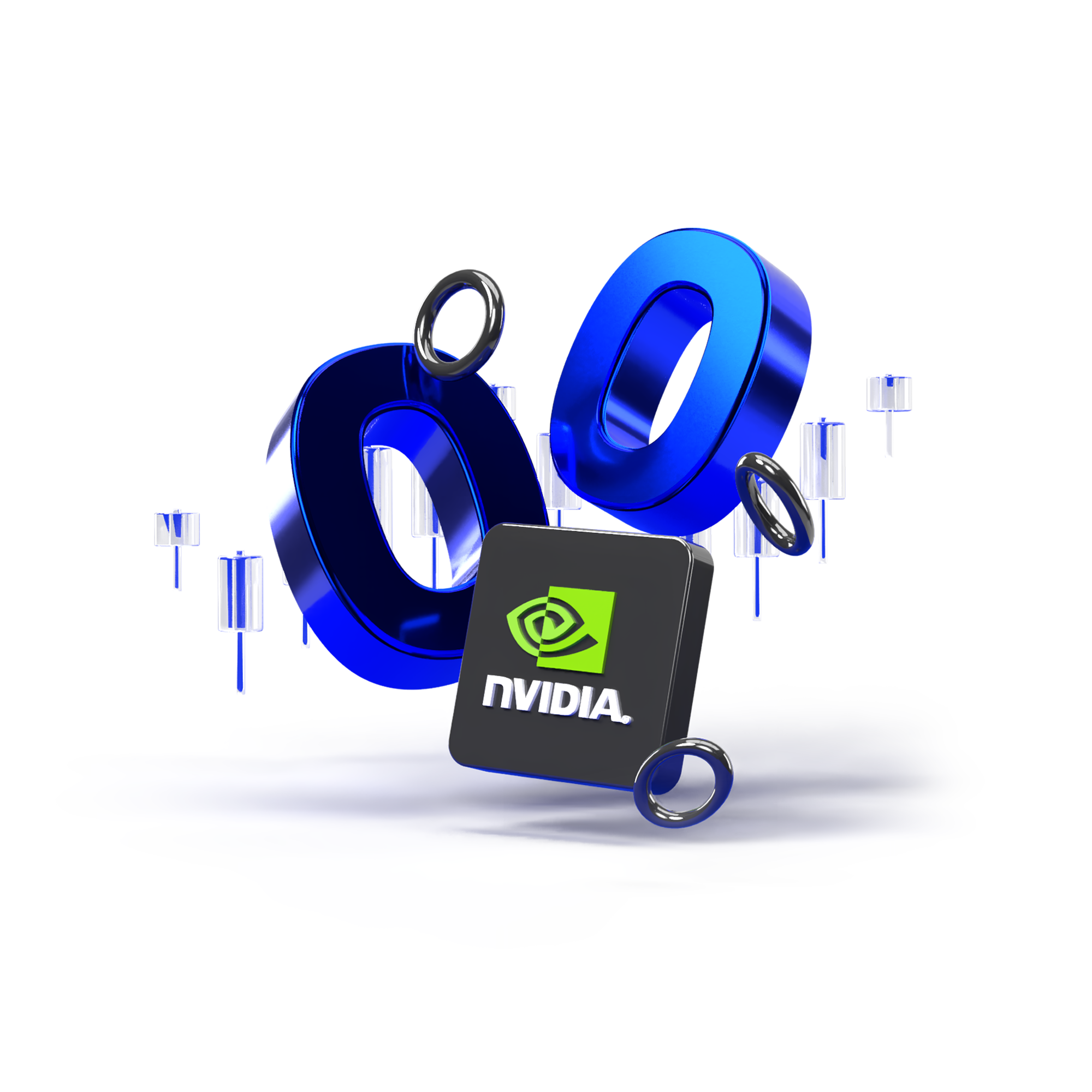

Imagine starting a bakery. To launch your business, you need to purchase ovens, mixers, and other equipment. These purchases are known as Capital Expenditures or CapEx. CapEx refers to the funds a business allocates for acquiring, maintaining, or upgrading physical assets such as buildings, machinery, or equipment. These expenditures are vital for growth and enhancing operations.
What is CapEx?
CapEx, short for Capital Expenditure, represents the money a company spends on acquiring, maintaining, or improving its long-term assets. These assets may include buildings, machinery, equipment, or vehicles. For example, a company purchasing new computers for its office or constructing a new factory exemplifies CapEx. It's akin to a future investment, as these assets support the company’s operations and growth over many years. Unlike day-to-day expenses, CapEx involves spending on items used for the long term.
CapEx examples
A clear example of CapEx is when a company builds a new factory. For instance, if a car manufacturer invests $50 million in constructing a new manufacturing plant, this cost qualifies as CapEx. The factory will enable the company to produce more cars for years to come, marking it as a long-term investment. Similarly, a technology firm upgrading its data centers by purchasing new servers and computer systems incurs CapEx as well.

Types of CapEx
CapEx can be categorized into two main types:
- Maintenance CapEx : Funds allocated for repairing or replacing existing assets. For instance, repairing a broken machine or replacing outdated equipment falls under this category.
- Growth CapEx : Funds used to expand the company's operations. An example would be a company constructing a new factory or acquiring new equipment to boost production.
How to calculate CapEx
To calculate CapEx, you can refer to a company's financial statements, particularly the cash flow statement under "Investing Activities." The basic formula is:
CapEx = Change in Net PP&E + Depreciation.
Explanation of Terms:
- Net PP&E (Property, Plant, and Equipment) : The value of a company’s physical assets like buildings and machinery. To find the change in Net PP&E, subtract the beginning value from the ending value. For instance, if Net PP&E at the end of the year is $500,000 and at the beginning it was $450,000, the change is $50,000.
- Depreciation : The reduction in the value of assets over time due to wear and tear. This figure is recorded in the income statement. If the annual depreciation is $30,000, this value will be used in the calculation.
Using the example figures, the calculation would be:
CapEx = $50,000 (Change in Net PP&E) + $30,000 (Depreciation) = $80,000.
This indicates that the company spent $80,000 on capital expenditures during the year.
Experience Skilling's award-winning platform
Try out any of Skilling’s trading platforms on the device of your choice across web, android or iOS.

CapEx vs. Operating Expenses (OpEx)
| CapEx | Operating Expenses (OpEx) |
|---|---|
| Represents expenditures on acquiring, maintaining, or improving long-term assets, like buildings and machinery. These are investments intended to benefit the company over many years. | Refers to the day-to-day expenses essential for running a business, including rent, utilities, and salaries. OpEx covers immediate operational costs but does not lead to long-term asset ownership. |
In summary, CapEx is focused on long-term investments, whereas OpEx pertains to short-term operational expenses.
Conclusion
In summary, CapEx involves significant investments in long-term assets such as buildings and equipment, which are essential for a company's growth and efficiency.
What better way to welcome you than with a bonus?
Start trading with a $30 bonus on your first deposit.
Terms and Conditions apply












